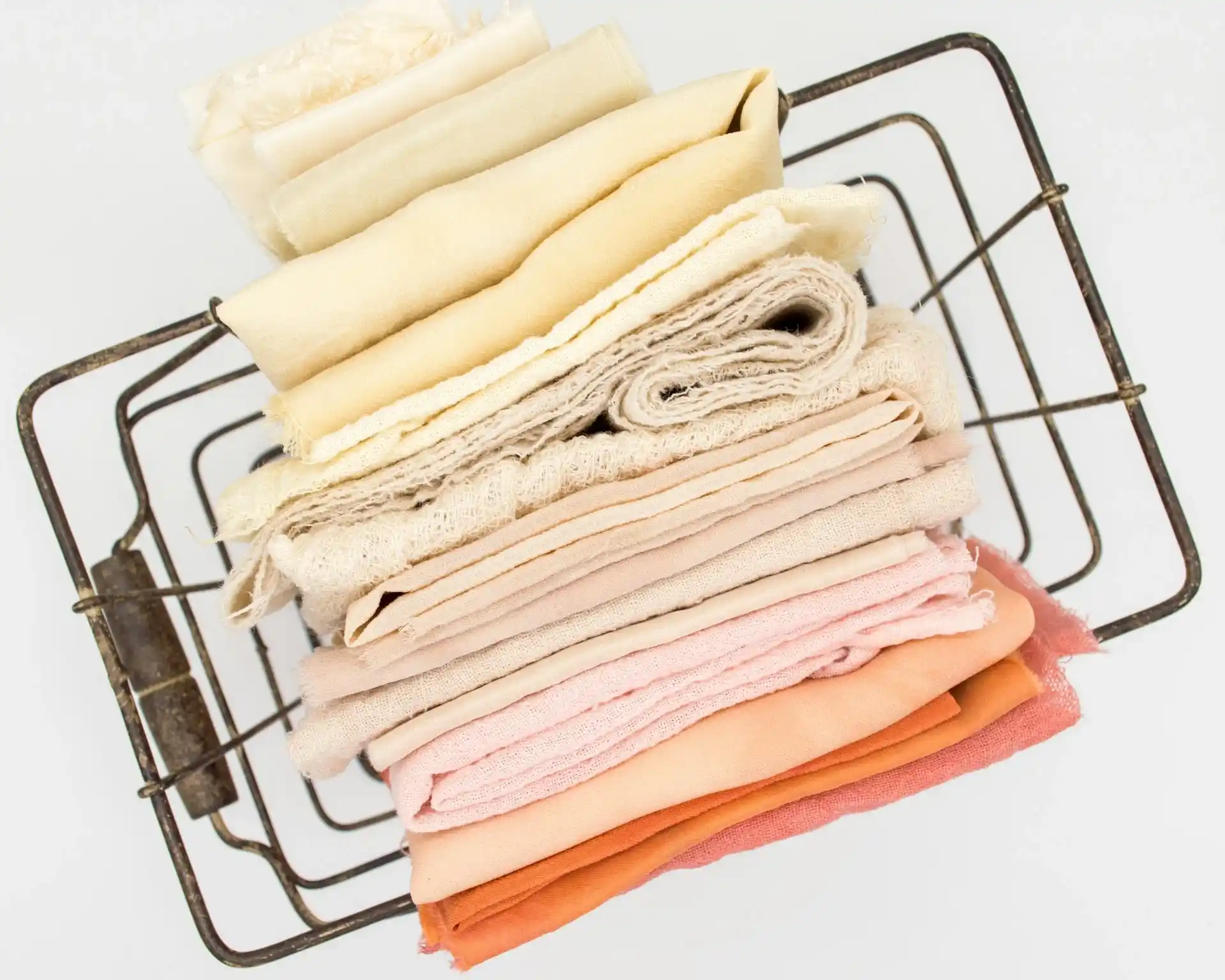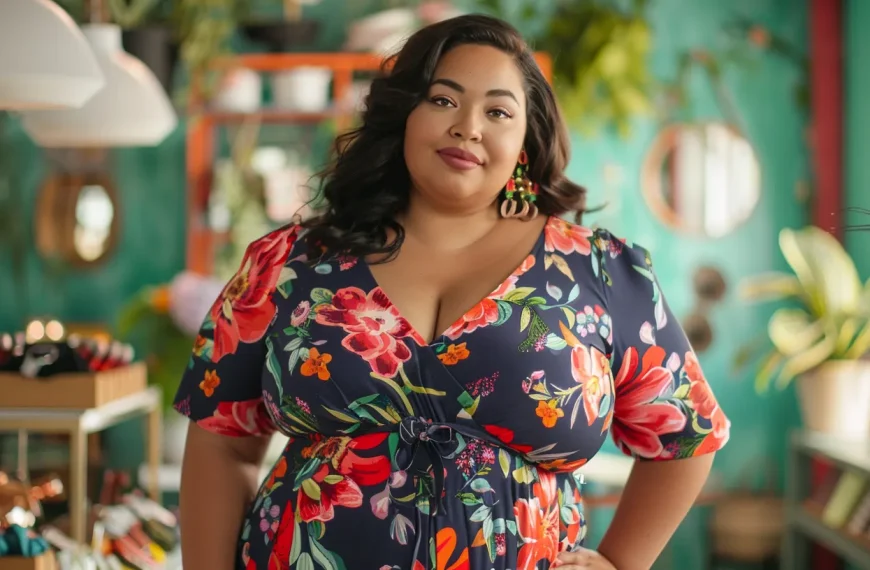As you navigate the nuanced world of textiles, fabric lining is like the backbone of a well-structured garment, often unseen but essential for its form and function. You may not always notice it. But, the lining of your clothing plays a significant role in ensuring your comfort and enhancing the garment’s shape.
What is fabric lining? It’s a layer that can be made from various materials. Each material offers its own benefits and characteristics. While you appreciate the final look of your outfit, the lining can determine your pieces’ longevity and wearability.
As you consider the different types of linings and their respective functions, you’ll begin to understand how they contribute to the entire performance and feel of your clothing. The proper lining can transform a garment from ordinary to exquisite. So, let’s uncover the factors that influence this pivotal choice in apparel construction.
Key Takeaways
- Fabric lining plays a crucial role in garment construction. It provides a polished finish and conceals construction elements.
- Lining fabrics can enhance the longevity and wearability of garments by reducing wear and tear.
- Different lining fabrics have unique properties. They can enhance comfort, regulate temperature, and maintain garment shape.
- Synthetic fiber linings, such as polyester, taffeta, and satin, offer resilience, a polished finish, and long-term durability at an affordable price.
What is Fabric Lining?
The fabric lining, an inner layer, provides a polished finish and conceals the construction within your garments and accessories. It’s essential for reducing wear and tear, adding warmth, and prolonging the life of your clothing. Lining fabric is available in various materials, including cotton, polyester, silk, polar fleece, and stretch charmeuse satin. Each offers distinct benefits, like breathability or added insulation.
When choosing the right lining, consider the garment’s purpose and your comfort needs. For instance, silk provides luxury and breathability, while polyester offers durability. The proper lining types ensure your garments drape elegantly and feel comfortable against your skin. Remember, the lining is as crucial as the outer fabric to the whole quality of your clothing.
Differences between Lining, Underlining, and Interlining
Understanding the roles of lining, underlining, and interlining is crucial. Each serves a distinct purpose in garment construction to enhance the fit, function, and finish of your clothing.
Lining is a fabric layer sewn into the interior of a garment, creating a neat finish and hiding seams. It can also add comfort and help the garment’s on-off movement.
Underlining is a layer of fabric attached to the wrong side of the fashion textile before the garment pieces are assembled. It provides support and stability and can prevent stretching.
Interlining is an additional layer of fabric between the lining and the outer fabric. It offers extra warmth, structure, or to improve the garment’s drape.
Each type of fabric enhances your clothing differently, ensuring durability, shape, and elegance.
Best Lining Fabrics for Your Clothes: Natural Fibers
When selecting the best lining fabrics for your clothes, consider natural fibers like silk, cotton, and wool. These materials offer breathability and comfort. They ensure your garments feel luxurious and last longer.
Each has unique properties that cater to different needs, whether you’re lining a summer blouse or a winter coat.
Silk Lining
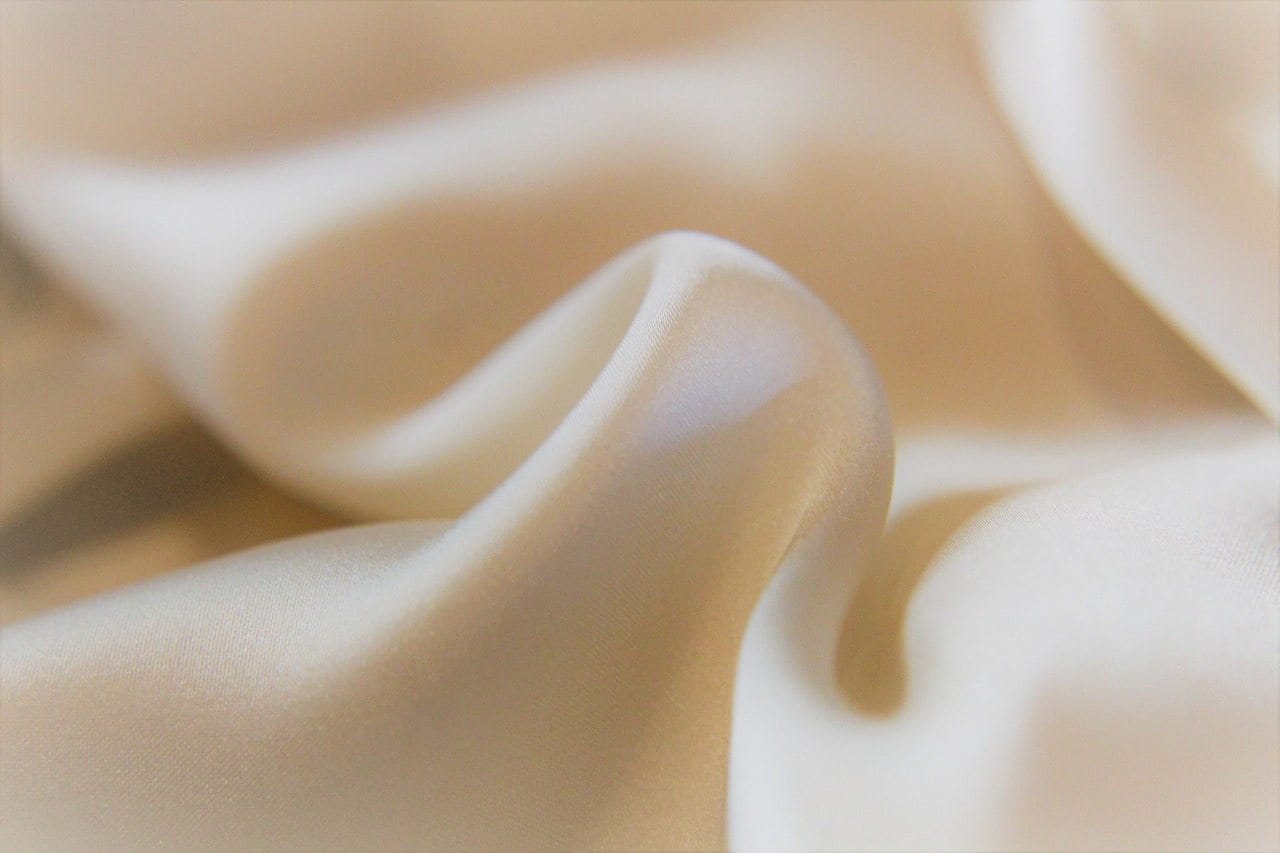
For an exquisite and comfortable garment interior, consider silk lining. It’s a natural fiber that imparts a luxurious feel and enhances the overall quality of your clothes.
Silk lining, often in varieties like silk habotai or china silk, is famous for being breathable and comfortable against the skin. This opulent material not only elevates the appearance of your garments but also offers practical benefits.
Its moisture-wicking properties help regulate temperatures, keeping you cool and dry. Furthermore, silk’s smooth texture allows outer fabrics to drape elegantly without clinging.
When you choose silk lining for your clothing, you’re opting for a timeless material that complements the main fabric and ensures your comfort in a refined way.
Cotton Lining
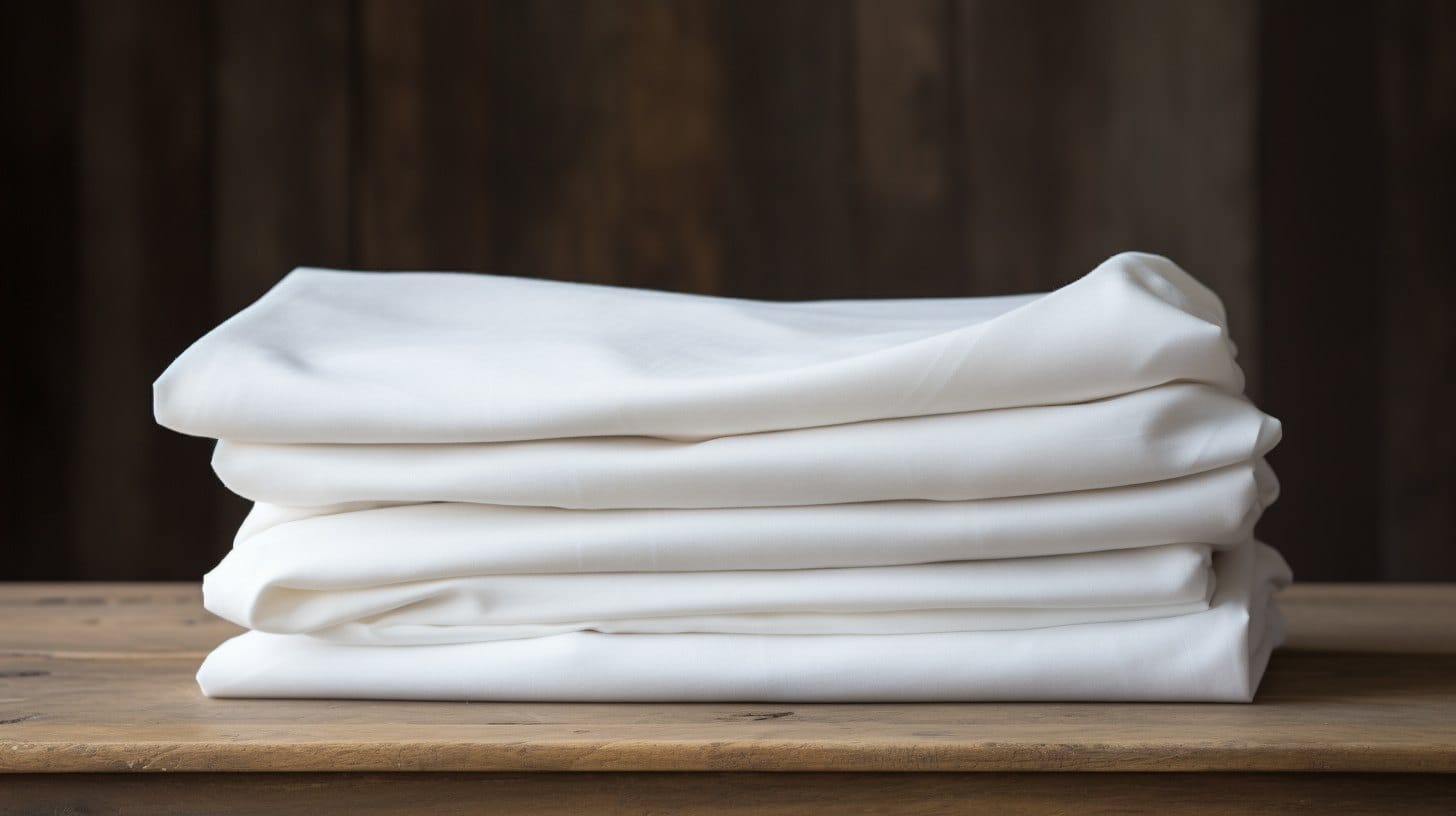
A cotton lining is a natural and breathable choice. It ensures your clothes feel soft and comfortable while maintaining their shape and reducing transparency. When you choose cotton lining for your garments, you’re opting for a fabric that’s comfortable to wear and enhances the garment’s whole quality.
- Breathable: Allows air circulation, keeping you cool in warm weather.
- Washable: Easy to clean, ensuring your lined garments remain hygienic and fresh.
- Durable: Withstands regular wear and washes, prolonging the life of your clothing.
It’s a practical solution for everyday apparel, providing that extra layer of comfort without compromising style or functionality.
Always remember that cotton lining is a reliable ally in your wardrobe. This makes it a go-to for many of your clothing needs.
Wool Lining

Wool lining’s natural insulation properties make it ideal for keeping you warm in colder climates. When selecting a lining for your winter wear, consider wool for its unparalleled warmth and comfort. It provides excellent insulation, trapping heat close to your body for that extra warmth you crave when temperatures drop. This makes it a top pick for jackets and coats.
In addition to its thermal benefits, the wool lining is soft to the touch. This ensures comfort against your skin. It also contributes to the durability and structure of your garments, enhancing their longevity. Opting for wool lining means you’re adding a touch of luxury that’s both practical and stylish. It’s perfect for braving the chill with confidence.
Best Lining Fabrics: Artificial Fibers
Artificial fibers like Bemberg Cupro, acetate, viscose, and rayon linings are top choices when looking for lining fabrics with a blend of affordability and performance.
They offer the practical benefits of durability and easy maintenance. And they are often cheaper than their natural counterparts.
These options also provide a variety of finishes and feels to meet your specific needs.
Bemberg Cupro Lining

Among the finest artificial fibers, Bemberg Cupro stands out due to its breathability and silky finish. These make it a top choice for lining sophisticated wool or linen jackets and skirts. This cupro lining is derived from the cellulose in cotton, which is then transformed into a breathable fabric with an elegant sheen reminiscent of silk.
Here’s what you need to know about Bemberg Cupro:
- It offers a luxurious feel akin to viscose but with improved durability.
- Bemberg lining prevents static cling, ensuring comfort and ease of movement.
- The fabric’s elegant sheen enhances the garment’s aesthetic while remaining discreet.
When you choose Bemberg for your linings, opt for a premium, comfortable, and visually appealing fabric that complements your wardrobe essentials.
Acetate Lining

Acetate lining, known for its lustrous finish and lightweight feel, offers a luxurious touch to various garments without the silk-like price tag. When you choose acetate lining, you’re selecting one of the best lining fabrics made from artificial fibers. This type of lining ensures your clothing drapes elegantly and resists static. While not as wrinkle-resistant as some synthetic alternatives, acetate lining still performs well under most conditions.
The lining feels smooth against the skin. This makes it a comfortable choice for everyday wear. It’s trendy in evening gowns and jackets, where the shine and drape of acetate enhance the garment’s whole aesthetic. Plus, acetate is relatively easy to care for. This ensures your lined items maintain their allure over time.
Viscose and Rayon Lining
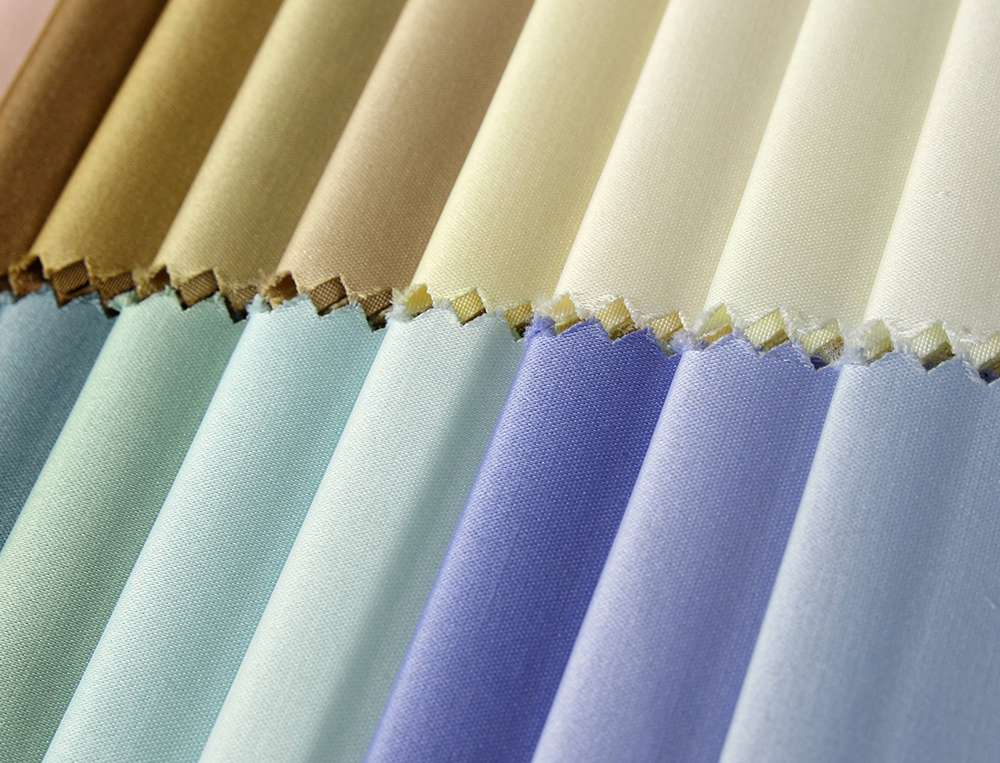
Viscose and rayon linings offer a luxurious feel and enhanced durability. These lining fabrics are particularly favored for their comfortable and breathable qualities. They’re a smart choice because they combine practicality with a touch of elegance.
- Comfortable and Breathable: Viscose and rayon linings allow your skin to breathe. This ensures comfort throughout the day.
- Enhanced Durability: These linings add strength to your garments. This helps your garments maintain shape and resist wear.
- Luxurious Touch: A viscose or rayon lining fabric can make your clothing items feel more upscale and refined.
Best Lining Fabrics: Synthetic Fibers
Synthetic fabric linings like polyester, taffeta, and satin offer distinct advantages.
These materials are resilient and maintenance-friendly. They also provide a polished finish to your garments.
They’re great for enhancing the garment’s structure and ensuring long-term durability.
Polyester Lining
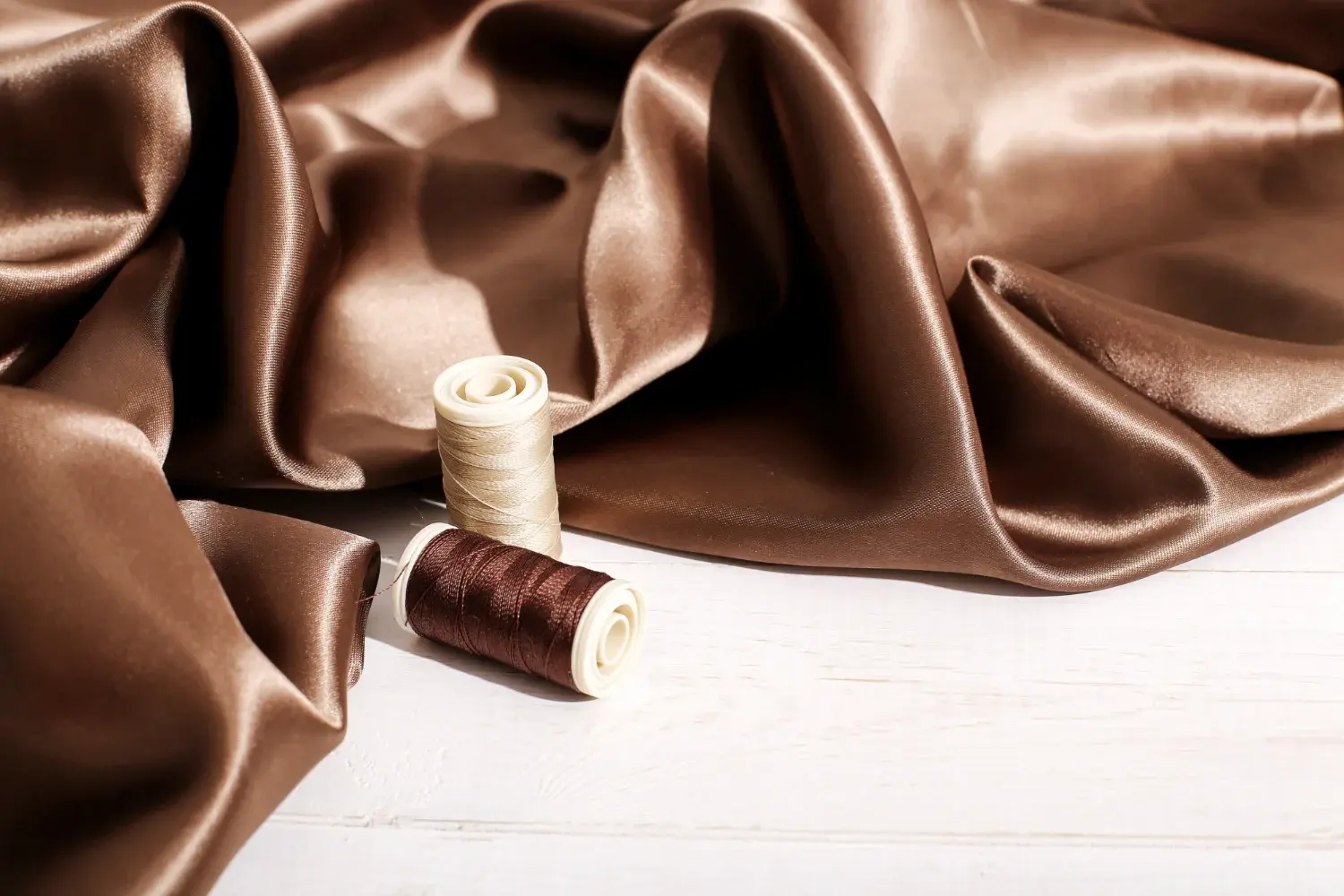
Polyester lining offers you a blend of smoothness, warmth, and durability. This makes it a top contender among lining fabrics. When you’re in search of a lightweight lining that’s both affordable and practical, polyester should be on your radar.
- Easy to care for: Polyester lining resists wrinkles and is simple to maintain.
- Resilient: It doesn’t shrink after washing, ensuring your garment keeps its shape.
- Versatile: Suitable for a myriad of apparel, from jackets to skirts.
As you navigate the synthetic fibers for your project, consider the polyester lining for its balance of comfort and longevity. It ensures your finished piece not only looks polished but also stands the test of time and wear.
Taffeta Lining
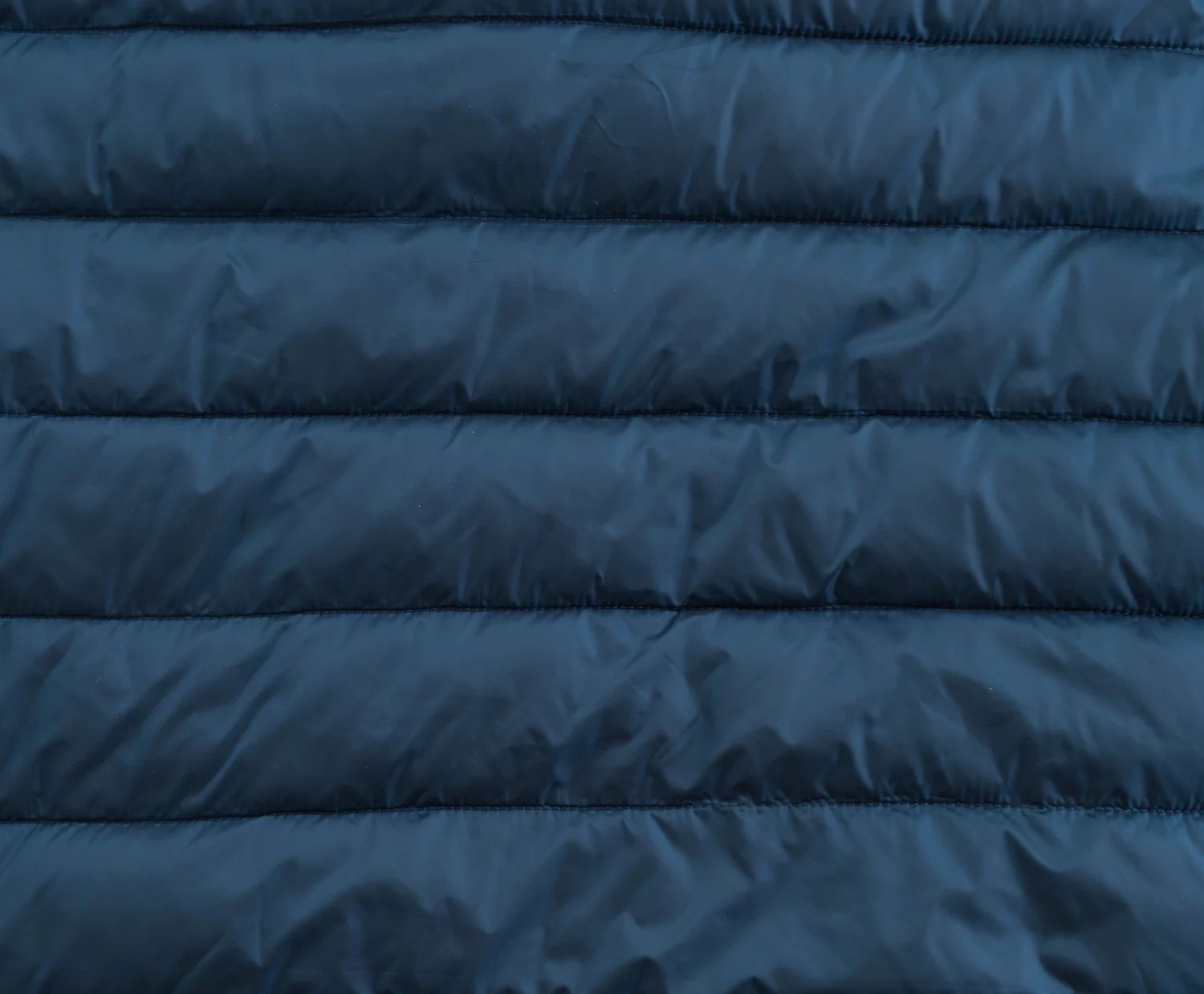
For that touch of opulence in your wardrobe, consider taffeta lining. It’s a sleek synthetic fiber celebrated for its crisp texture and radiant sheen. This fine, plain-woven fabric is often used in high-end fashion, notably for evening wear, bridal dresses, and corsetry. The taffeta lining holds its shape impeccably. This enhances the garment’s structure while providing a polished finish.
In the realm of lining fabrics, taffeta lining stands out for its luxurious feel. This makes it an ideal choice for those special occasions. Its association with luxury garments underscores the elegance it can bring to your clothing’s interior.
Satin Lining
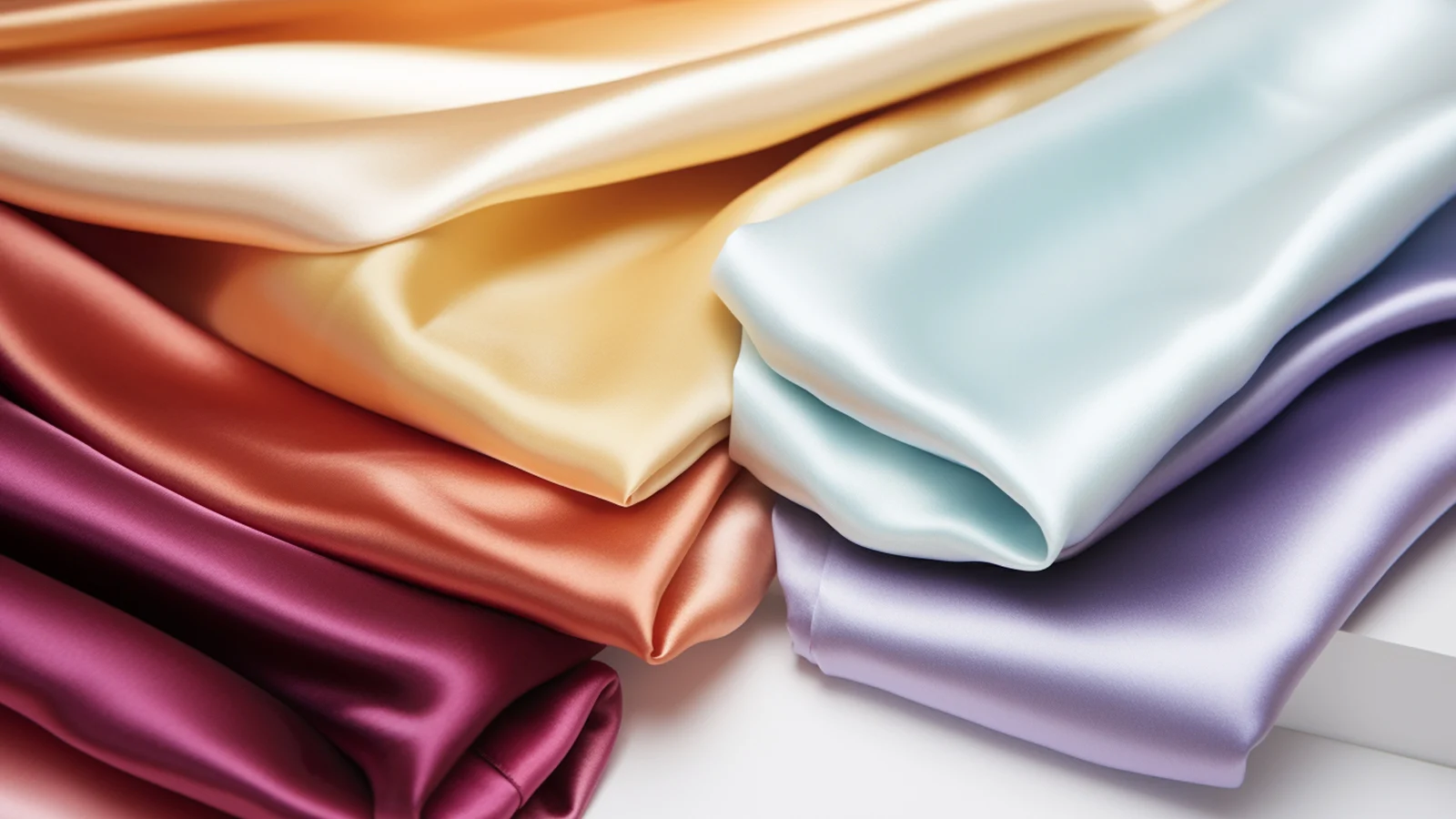
Satin lining offers a sumptuous smoothness that elevates the interior of high-end garments. These linings mimic the luxurious feel of silk fabric. They provide your clothes with an opulent touch without the high cost of natural silk.
They’re renowned for their glossy finish, reminiscent of china silk or pongee, but with enhanced durability.
Despite being lightweight, satin linings add a substantial feel. This contributes to the garment’s entire shape and drape.
The breathability and soft texture ensure comfort and ease of movement.
When selecting a lining for your tailored jacket or evening dress, satin linings are a reliable choice. It balances beauty with practicality for a polished look inside and out.
How to Choose the Right Lining Fabric for Your Sewing Project
When choosing a lining fabric for your project, consider its weight and breathability. This will ensure that it complements the outer material to achieve the desired final look.
You should also pay attention to the texture of the lining fabric. This ensures that it feels comfortable against the skin and works well with the garment’s design.
If you are creating activewear, you may need to look for moisture-wicking properties. They ensure that the piece performs well.
Weight
Choosing the right weight for your lining fabric is crucial. It should complement the main fabric to ensure both comfort and the desired drape of the finished garment. The perfect lining balances opacity and the ability to withstand wear and tear while enhancing the drape.
For lighter materials, like silk, opt for linings that are equally delicate. This can prevent altering the garment’s natural flow.
Heavier fabrics, such as wool or denim, benefit from a sturdier lining that can support their weight without adding bulk.
Consider the garment’s function. Everyday wear may need a lining that can endure frequent use. Special occasion attire might call for a more luxurious, lightweight lining for an elegant drape.
Breathability
While the weight and drape are essential, don’t overlook the importance of breathability. It’s particularly important for comfort in varying climates.
When creating summer blouses or kimonos, choose lining fabrics that allow air to circulate. They can prevent you from feeling overheated. Silk and cotton are excellent choices due to their natural breathability.
Be mindful of the season and garment type. For instance, stretch linings work well with knit garments. They provide not only breathability but also a comfortable fit. Fabrics like Bemberg cupro are ideal for lining wool or linen jackets and skirts. They can ensure that your garments are as pleasant to wear as they’re beautiful.
Texture
The right texture can enhance the comfort and look of your finished garment. When you’re choosing the lining, consider how the texture will interact with the main fabric and the end use of the item. Here’s what to keep in mind:
- Silk linings may feel luxurious and provide a smooth glide, particularly for dresses and blouses.
- Polyester and rayon linings offer durability and ease of care. But polyester is less glossy than polyester alternatives.
- There’s a wide variety of lining fabrics available, from sleek satins to matte twills. So, match the texture to the garment’s purpose.
Choose wisely to ensure your project has the perfect combination of comfort, functionality, and aesthetics.
Moisture-Wicking Properties
Considering the texture of your lining fabric is important. But don’t forget to factor in moisture-wicking properties. They ensure comfort and dryness for the wearer.
When selecting the best lining fabrics, prioritize those with moisture-wicking properties. This is especially crucial for clothing items that will be worn close to the skin.
For activewear or outdoor garments, evaluate the breathability and moisture management of the lining fabric. Opt for lightweight, quick-drying linings to augment the functionality of sportswear.
Additionally, consider mesh or perforated linings to boost airflow and further enhance the moisture-wicking capabilities of athletic wear.
Conclusion
For the ideal lining, consider the garment’s purpose and match it to the lining’s properties.
Natural fibers offer breathability. Artificial ones provide a luxurious feel. Synthetics deliver durability.
Ensure the lining complements the outer fabric in care and behavior for a seamless finish.
Your clothing’s comfort, structure, and aesthetics hinge on this critical yet often overlooked layer.
Select wisely to enhance both the garment’s form and your fashion experience.
Learn more fabric knowledge from Longan Craft Blog, dive into the fabric world with Longancraft!

